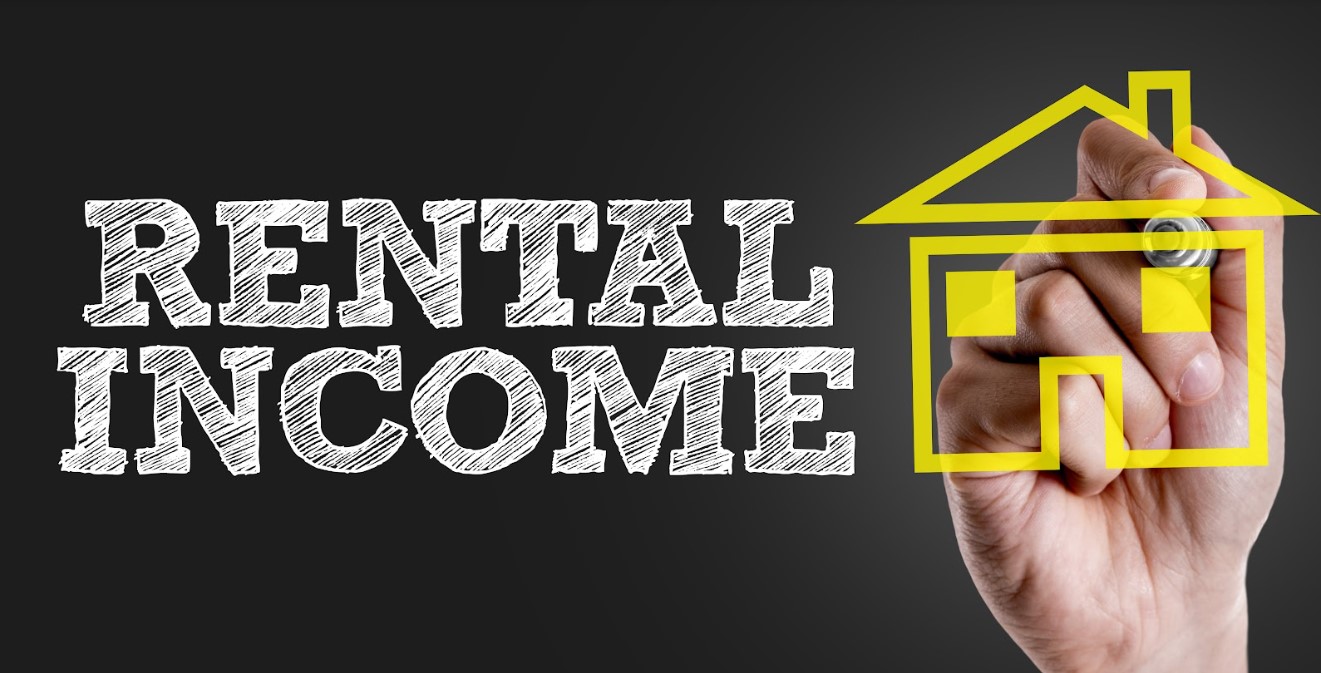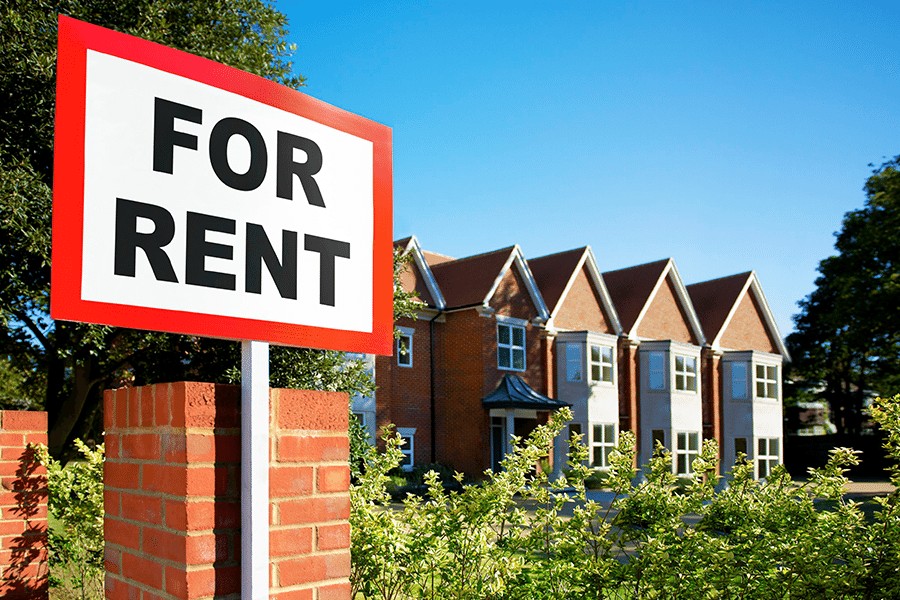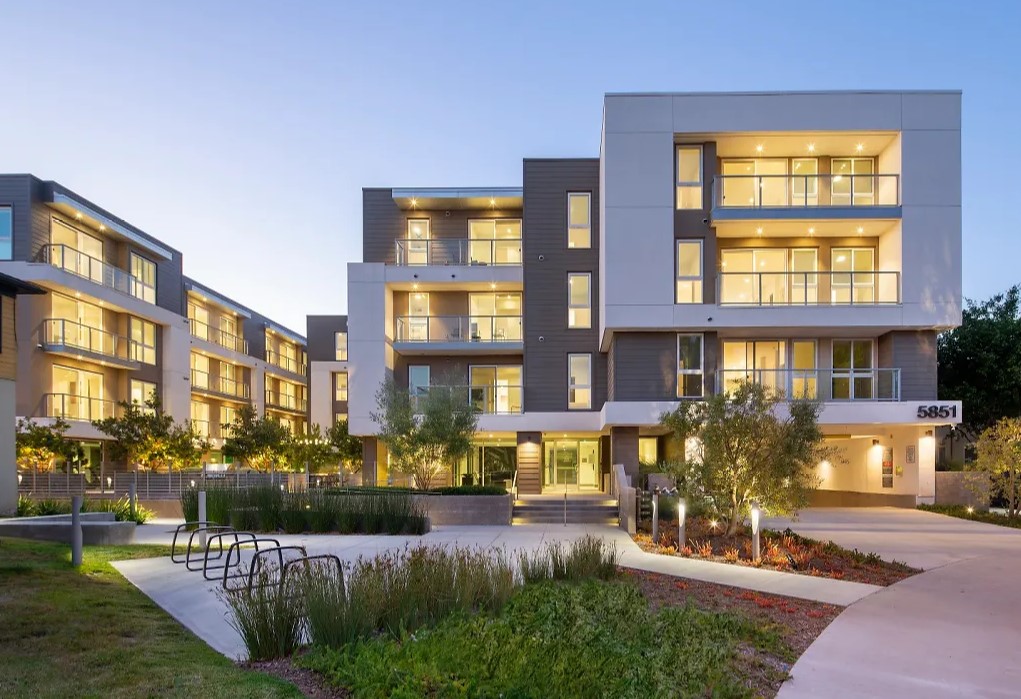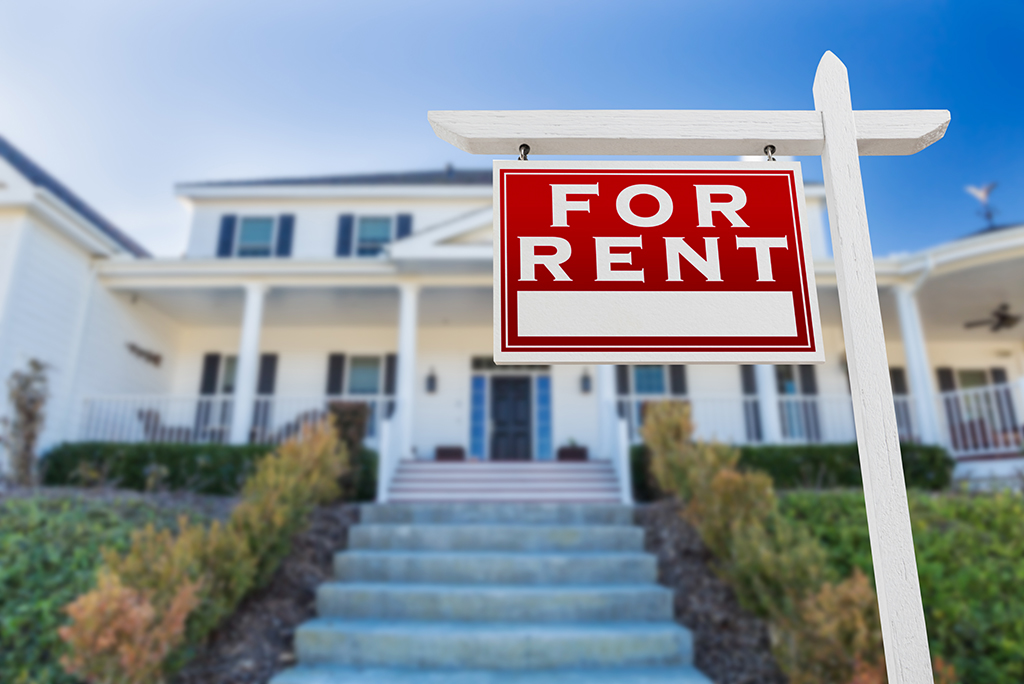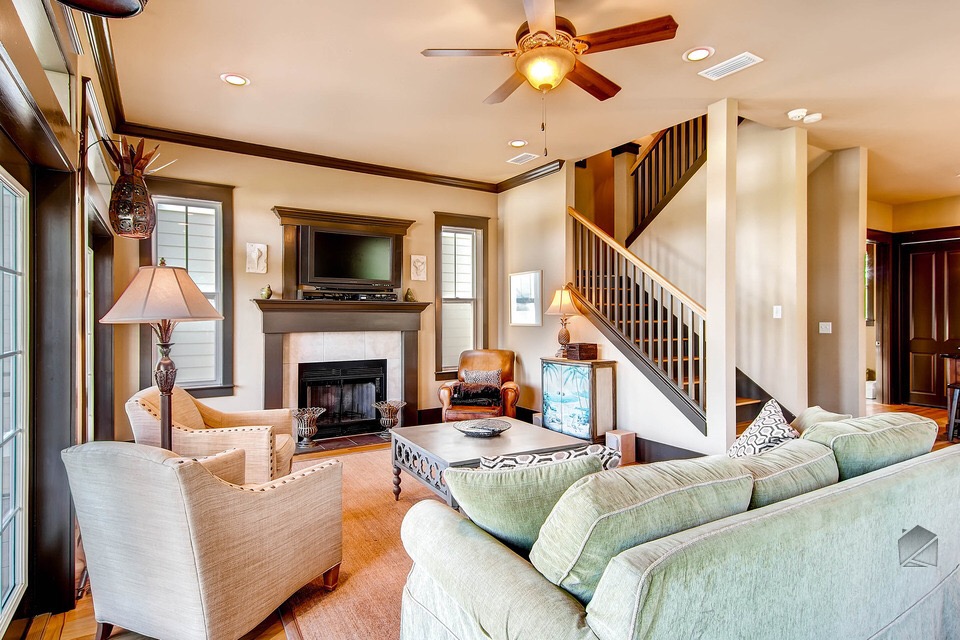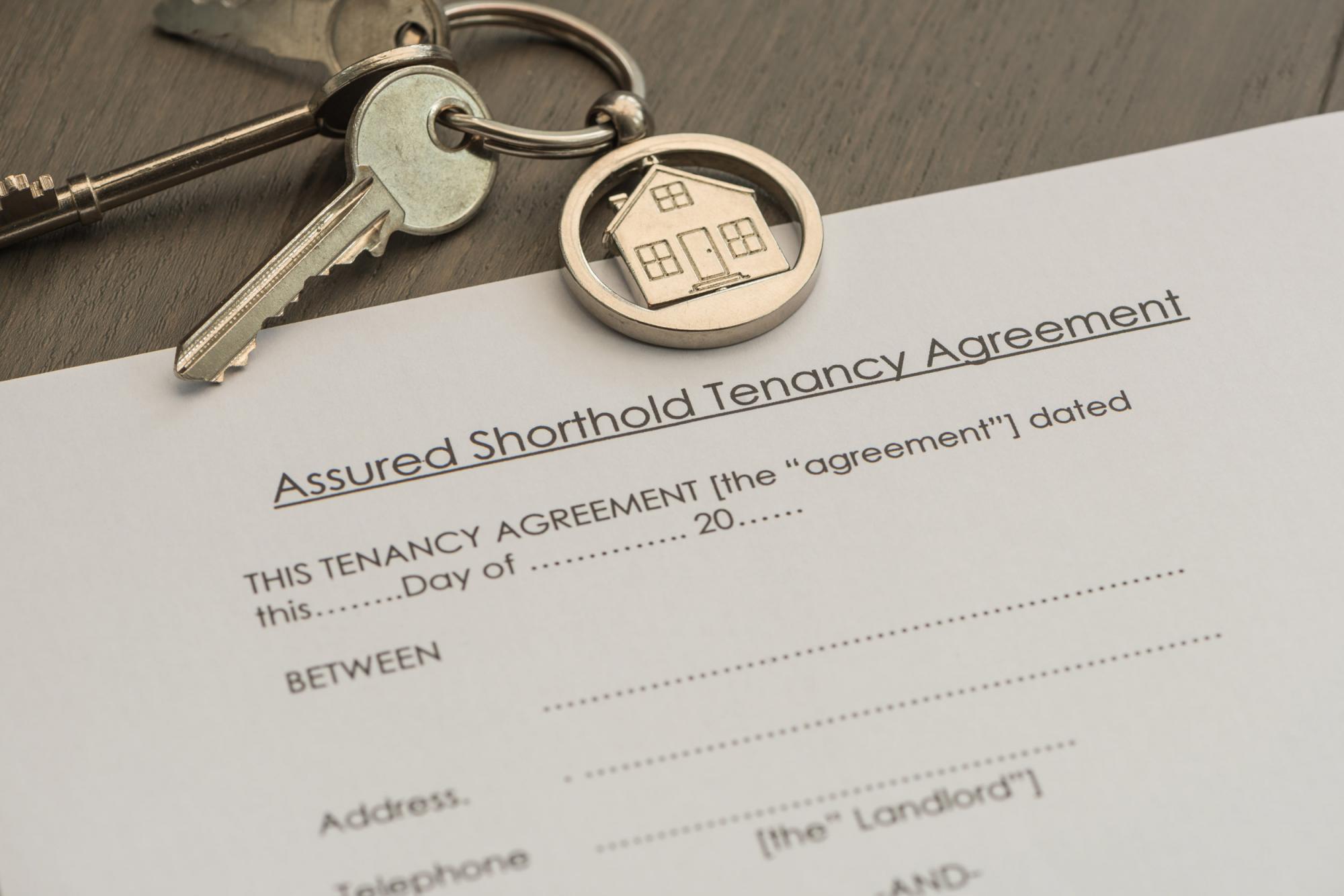Many landlords dread tax time because they see it as losing money to the government. But it doesn’t have to be so gloomy. On the contrary, if you understand the system, you can even make back money through rental property tax deductions.
In this article, we’ll be focusing on providing answers to the question, “are rental property upgrades tax-deductible?”
When are Rental Property Upgrades Tax Deductible?
Rental property upgrades can be an expensive undertaking, so knowing what you can and can’t write off is extremely helpful. The IRS typically classifies upgrades into repairs and improvements, most of them falling under the latter. As a result, the IRS does not consider most upgrades as tax-deductible because they lead to the elevation of your rental property. Such as replacing your vinyl sidings, buying new appliances, decorating a room, changing the roof, replacing the wiring, and so on.
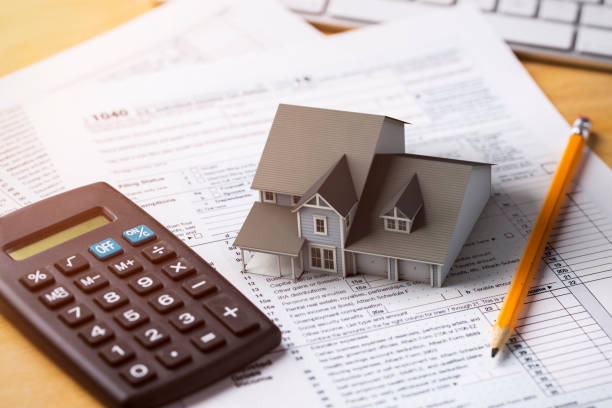
On the other hand, repairs are sensible changes that maintain the working conditions of a house. For example, fixing a leaking pipe, changing a broken door, and a much-needed paint job fall under repair. Thus, if you’re particular about writing some of your expenses off,
you should ensure they are repairs and not improvements.
However, landlords have a legal window of opportunity to write off their improvements. The IRS makes room for an annual income that allows landowners to earn back part of the cost of their property due to depreciation. This provision also enables landlords to convert their previous homes into rental properties to deduct all improvements necessary to make it a suitable rental space. So if you combine this window with the home sale exclusion from capital gains, you could save some serious cash.
How to Make Sure Your Upgrades are Tax Deductible
Prioritize Repairs
Resist the urge to go out and buy a replacement every time something in the house fails. Instead, contact a professional repair company and find out if it is salvageable. You’ll find that fixing a leaking pipe or applying a new coat of paint will have your house looking good as new. Since repairs are cheaper than upgrades, you’ll save money in the long run. And between home warranties and tax deductions, you probably won’t spend a dime.
Take on Low-Cost Improvements
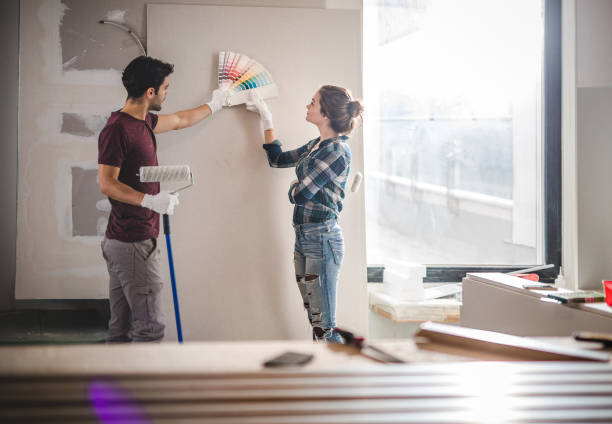
Prioritizing repairs doesn’t mean you have to do away with improvements altogether. Sometimes bearing the expense of an upgrade outweighs the cost when you consider that they reduce your long-term costs and attract higher-paying tenants through improved curb appeal. Mind you, not every improvement has to be a big-budget project. Swapping to LED bulbs, low-flush toilets, or changing your doors are examples of low-cost, high ROI that can make a huge difference in the success of your real estate investment.
Emphasize good recording keeping
Finally, when it comes to your finances, you should always emphasize good recording keeping, particularly when it comes to your taxes. Yes, filing taxes can be a pain, but it’s much easier when you have a record of all your financial activities. Endeavor to keep an account of your rental income, cost of material, receipts from contractors, and so on. Not only will this habit help you track your deductibles better, but it also helps when you want to file a claim.
Conclusion
Yes, tax season can be a stressful period, but there is a silver lining for landlords who understand which rental upgrades are deductible. They can earn back returns on their investment and save some money. Also, did you know a local property management company can guide you in rental property tax preparations? So if you need the extra hand because you’re swamped, or numbers aren’t your forte, you can rely on a professional to assist you.

